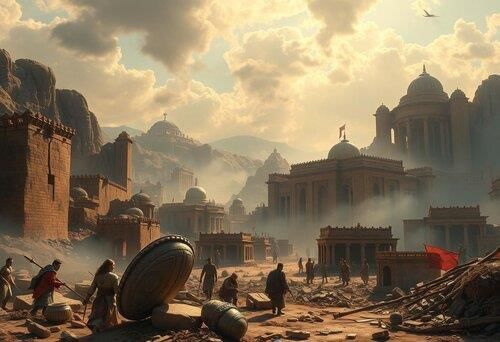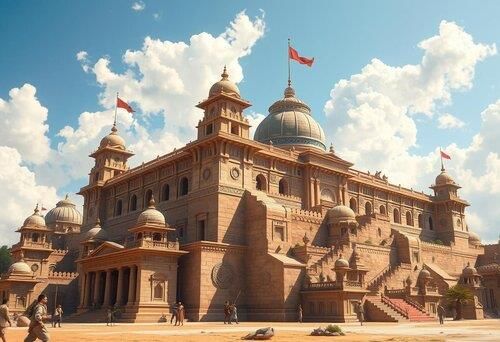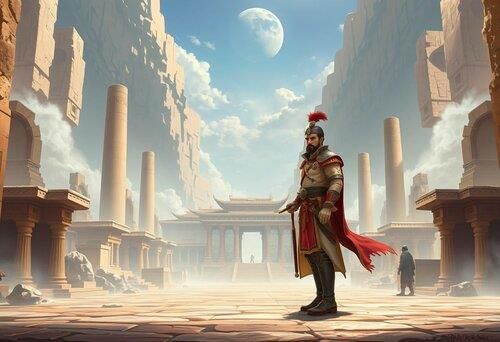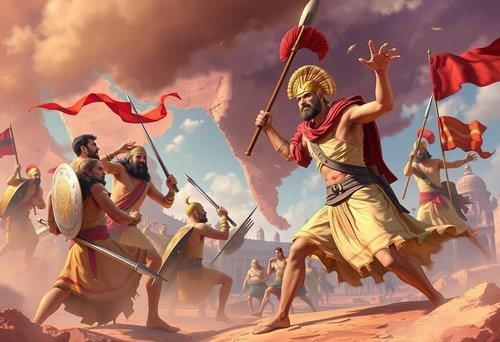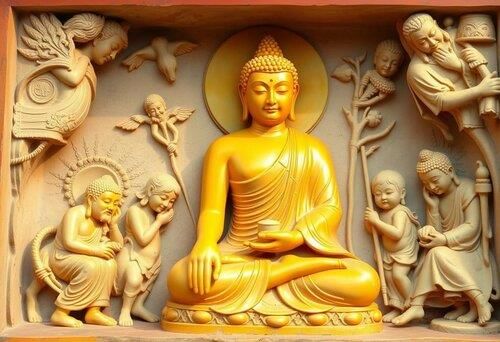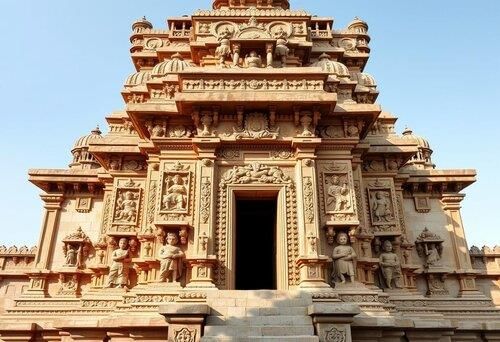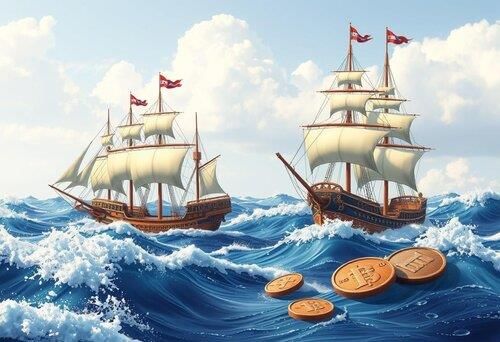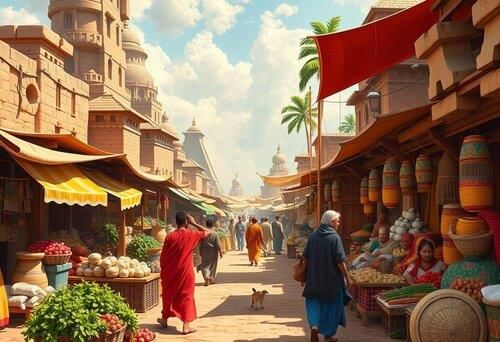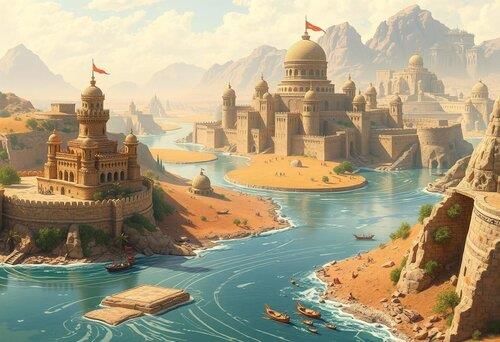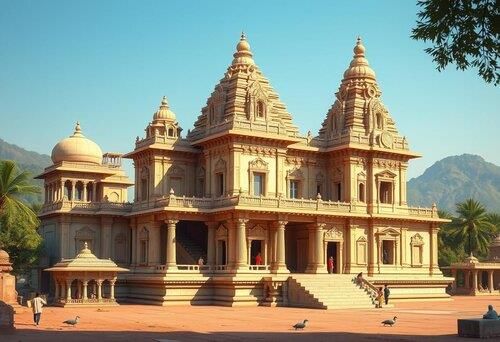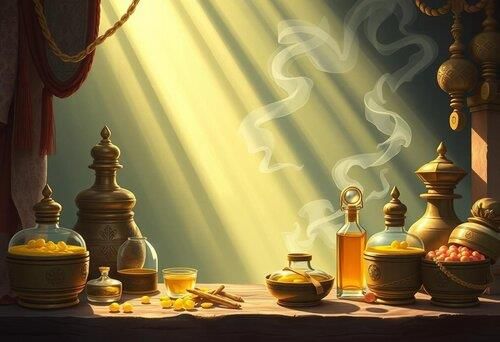|
Fill in the blank: The Age of Reorganisation followed the decline of the ___ Empire. |
Card: 1 / 40 |
|
Riddle: I am a dynasty that rose after the Mauryas, led by a commander who became king. Who am I? |
Card: 5 / 40 |
|
Card: 8 / 40 |
|
Fill in the blank: During the Age of Reorganisation, foreign invaders such as the Indo-Greeks and ___ entered India. |
Card: 9 / 40 |
|
Card: 12 / 40 |
|
Fill in the blank: The railings and reliefs of the Bharhut Stūpa contain carvings of ___, singers, dancers, and elephants. |
Card: 15 / 40 |
|
What materials were commonly used in Śhunga art to depict daily life and craftsmanship? |
Card: 17 / 40 |
|
Terracotta, bronze, gold, and ivory were used to create figures, bangles, combs, and beads. 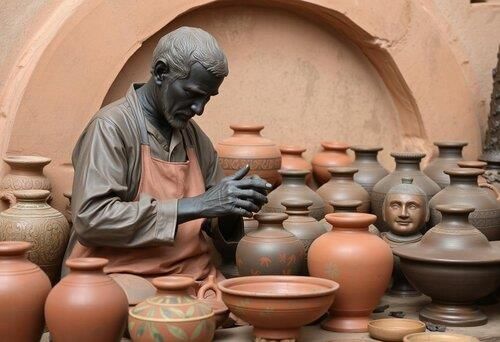 |
Card: 18 / 40 |
|
Riddle: I am found in the Bharhut Stūpa, show stories of the Buddha, and depict both divine and daily life. What am I? |
Card: 19 / 40 |
 Unlock all Flashcards with EduRev Infinity Plan Starting from @ ₹99 only
|
|
Card: 22 / 40 |
|
Fill in the blank: The carvings in the Bharhut Stūpa were originally created during the reign of ___ but were enhanced during the Śhunga period. |
Card: 23 / 40 |
|
The Sātavāhana rulers were likely in conflict with the Śhungas, their northern neighbors. |
Card: 28 / 40 |
|
Fill in the blank: The Sātavāhana coins often depicted ___, highlighting their strong maritime trade. |
Card: 29 / 40 |
|
True or False: The Sātavāhanas were known for their extensive trade with the Roman Empire. |
Card: 31 / 40 |
|
The Naneghat Caves were used for collecting tolls and as rest stops for traders on a trade route. |
Card: 34 / 40 |
|
Riddle: I am a kingdom that flourished by rivers and seas, traded spices and textiles with ease. Who am I? |
Card: 35 / 40 |





